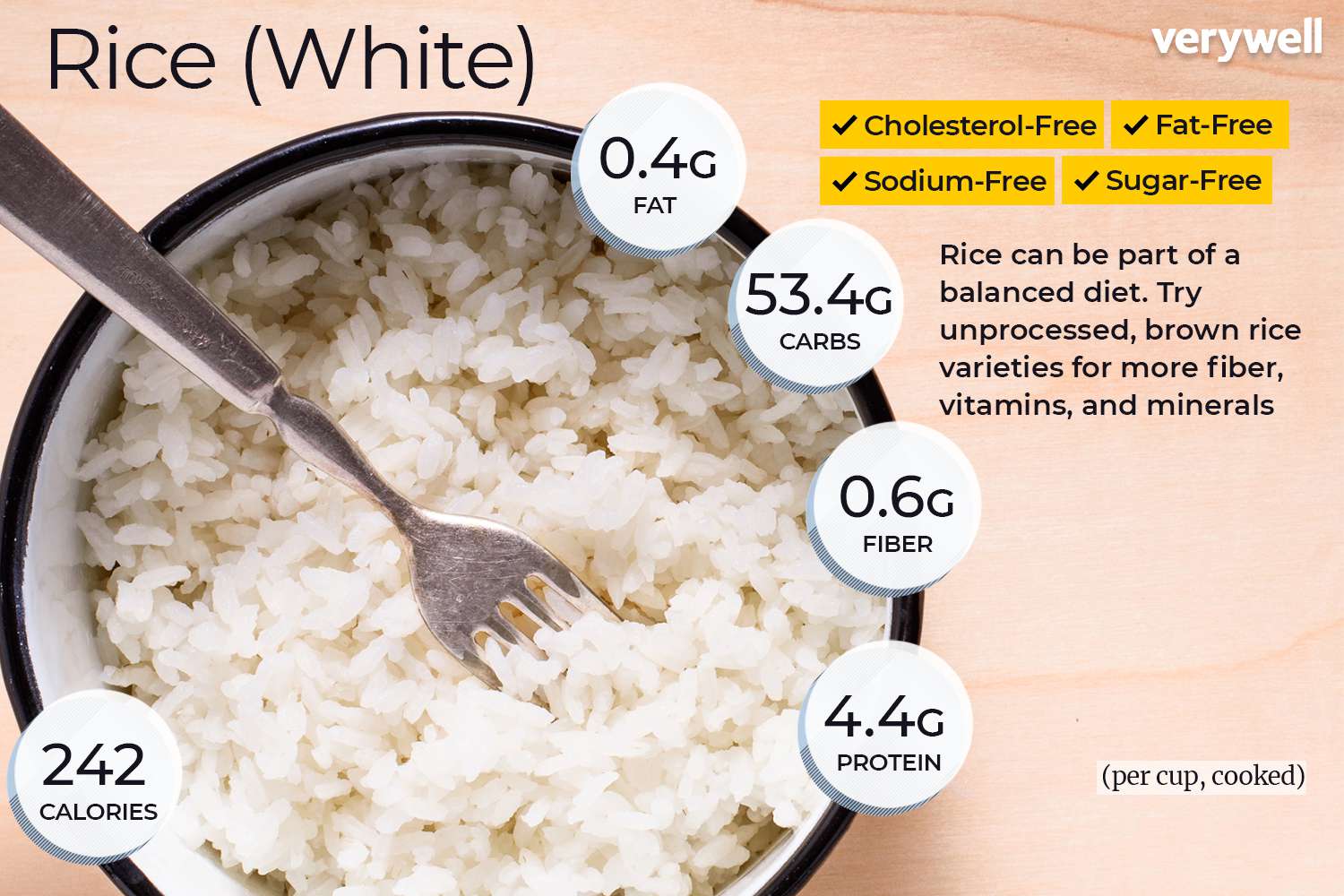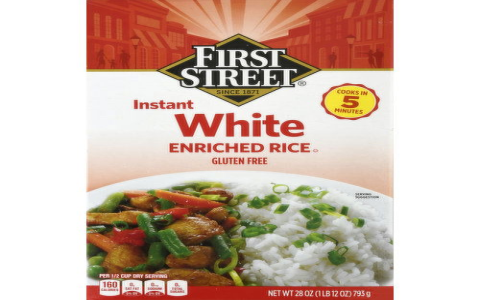How Many Calories Are in a Cup of Cooked White Rice?
White rice is a staple food for millions around the globe, beloved for its versatility and adaptability in a multitude of dishes. Understanding its nutritional value, particularly its caloric content, is crucial for making informed dietary choices. This discussion will explore the calorie count in a cup of cooked white rice, turning the spotlight on its role in our diets.
The Caloric Count

A standard cup of cooked white rice contains approximately 200 calories. This caloric value can vary slightly depending on the rice variety and cooking method used. These calories mainly come from carbohydrates, which are the primary source of energy. Being rich in carbs, white rice offers a quick energy boost, making it a favored choice among athletes and those needing a swift energy recharge.
Nutritional Profile Beyond Calories
Besides its caloric content, white rice provides additional nutritional benefits. It is a good source of essential nutrients such as folate, manganese, and selenium. Folate supports DNA synthesis and repair, making it particularly important during periods of rapid growth such as pregnancy. Manganese plays a role in bone health and metabolism, while selenium contributes to improved immune function.
Variability in Caloric Content
Although the caloric content is generally stable, several factors can cause variation. The moisture content after cooking affects the density of the rice. More water yields rice with fewer calories per gram because the water increases volume without adding calories. The specific type of white rice used can also contribute to slight differences. For example, Basmati and Jasmine rice might have slightly different caloric values due to their varying starch content and structure.
Incorporating White Rice into a Balanced Diet
Given its calorie content and nutritional profile, white rice can be part of a balanced diet when consumed in moderation. To maintain a healthy balance, pairing rice with lean proteins, vegetables, and healthy fats is advisable. This approach adds nutritional variety and extends satiety, reducing the likelihood of overeating. Consider concocting a colorful stir-fry or a hearty, vegetable-laden soup that includes a portion of white rice.
Managing Portion Sizes

Attention to portion sizes is critical, particularly for individuals managing their caloric intake for weight control or health reasons. A simple strategy to control portions is to use measuring cups or a kitchen scale when serving rice. Additionally, substituting half of the white rice with alternatives like cauliflower rice or quinoa can reduce calorie intake while adding unique flavors and textures.
Healthy Preparation Tips
Consider cooking white rice with minimal salt and oil to keep additional calorie intake low. Emphasizing whole-grain versions, when possible, can offer more fiber which helps in digestion and provides a fuller feeling longer, aiding in healthier eating patterns.
Conclusion of Thoughts
White rice remains a beloved grain worldwide, offering energy, nutrients, and culinary versatility. While understanding the caloric content of a cup of cooked rice is important, integrating it wisely within a varied and balanced diet ensures that you can enjoy it as part of a healthy lifestyle. Paying careful attention to portion control and preparation methods will help you maximize the benefits of white rice without compromising overall dietary goals.













